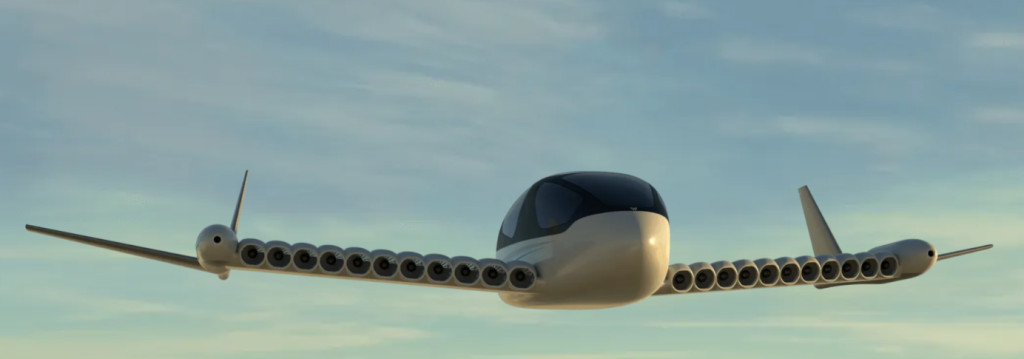
Whisper Aero uses time on ORNL’s Summit for aerodynamic design
The nine-passenger electric airplane called the Whisper Jet integrates 20 to 30 small, quiet advanced electric ducted fans into the leading edge of its wings.
Oak Ridge National Laboratory (ORNL) recently spotlighted work it is undertaking to help three-year-old Crossville-headquartered Whisper Aero Inc. with one of its projects – a nine-passenger electric airplane called the Whisper Jet.
The collaboration starts with Summit which was the world’s fastest computer until Frontier came along and still ranks fourth. The start-up was awarded time on the supercomputer through a competitive proposal process. Access to Summit and its graphics processing unit (GPU) architecture gave Whisper Aero’s researchers a tenfold speedup in compute times compared to its in-house CPU-only systems and enabled advanced simulations via a unified approach that wasn’t previously possible.

“Using Summit affords us the possibility of expanding the scope of Whisper’s design and analysis activities that benefits aircraft control and aeropropulsive integration,” said Vineet Ahuja, Whisper Aero’s Head of Flight Sciences and an Associate Fellow at the American Institute of Aeronautics and Astronautics. “As a result, aerodynamic design has shown an incredible turnaround time relative to where we were just a few years back in our pre-Summit days. This speedup ultimately benefits vehicle development cycle times, which are reduced by over 20 percent.”
Rather than using a few large turbofan or open-propeller engines that emit noise and carbon dioxide, the Whisper Jet integrates 20 to 30 small, quiet advanced electric ducted fans (EDFs) into the leading edge of its wings. This arrangement forms a “jetfoil” integration of distributed electric propulsion (DEP) to propel the plane without generating any emissions. According to the company’s projections, using electric airplanes for all U.S. domestic flights under 1,000 miles would reduce aviation-related annual greenhouse gas emissions by 40 percent — or 80 million tons.
“The fundamental premise of Whisper Aero is that we are changing the objective function of the aircraft design from minimizing gross weight to minimizing the acoustic impact. Noise is one of the most complex analysis problems that exist,” said Mark Moore, Chief Executive Officer who co-founded the company with Ian Villa, Chief Operating Officer and also Chief Product Officer. “And in the DEP framework, we are bringing together the acoustics along with the wing, the propulsion and the control into a much more complex design.”
Whisper Aero moved into 40,000 square feet of space in a building owned by Tennessee Technological University in Crossville in January and dedicated its newest facility – an 8,000-square-foot flight test center at the Crossville Memorial Airport – last month (see teknovation.biz post here).
To read the full ORNL article, readers have two options: click here to see a semi-animated version or download the PDF version from the previous link.
Like what you've read?
Forward to a friend!

